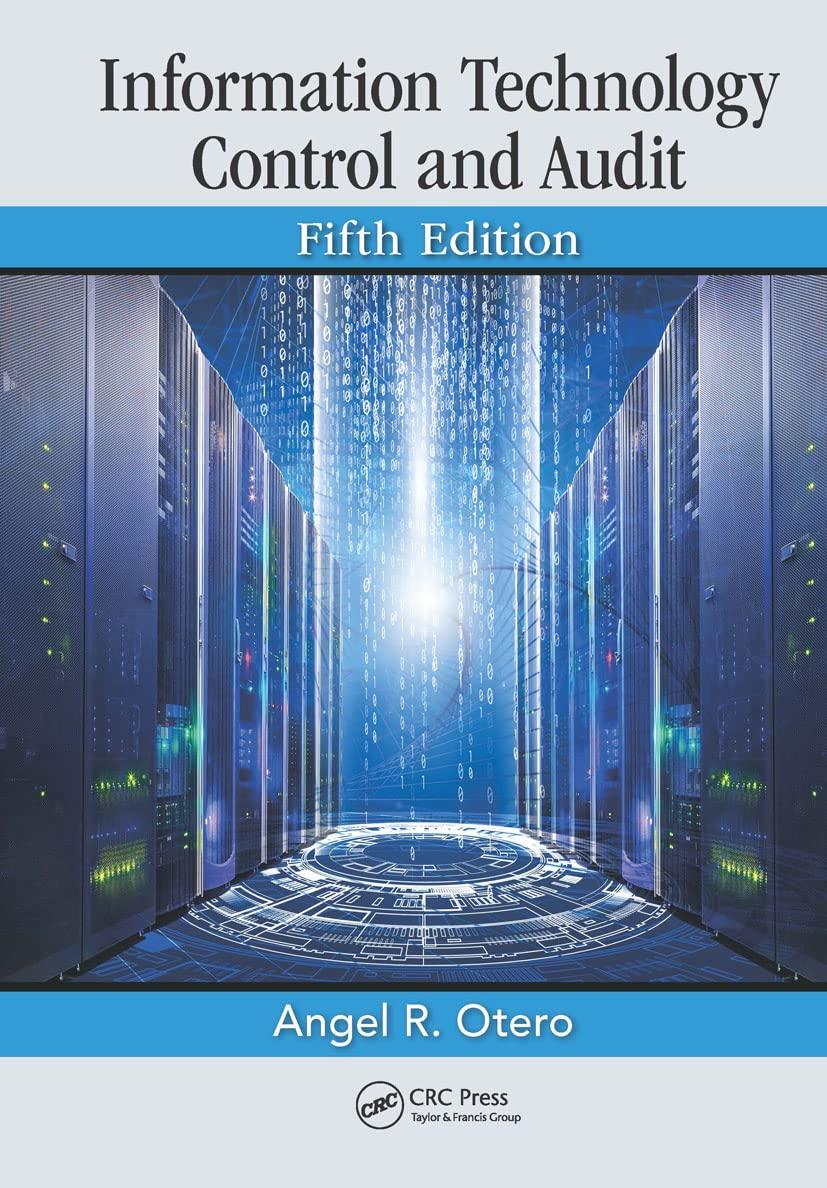Question
Assignment: The Show Must Go On Case Journal Case Study Read the entire Case 1. Prepare a budgeted statement. Have two main sections titled Receipts
Assignment: The Show Must Go On Case Journal Case Study
Read the entire Case
1. Prepare a budgeted statement. Have two main sections titled Receipts and Expenditures. Within the sections, make sure to have subcategories so that actual receipts and costs in the future could be compared with the budget. Proper accounting format with currency should be used. Fill in the budget column using information from the case. Leave the actual column blank.
2. Using the budget prepared in Question 1: a. Identify each cost as variable, fixed, or step in relation to tickets sold. Hint: Determine the weighted average ticket price and contribution margin from the sales mix information (percentage of adult tickets vs. percentage of student and senior tickets).
b. In the first case, assume that all funds are to come from ticket sales only and that there are four shows in total. Compute the breakeven point in number of tickets to be sold and in U.S. dollars.
c. In the second case, assume the same in (b) but only three shows in total. Compute the breakeven point in number of tickets to be sold and in U.S. dollars. IMA EDUCATIONAL CASE JOURNAL 4 VOL. 11, NO. 1, ART. 1, MARCH 2018
d. In the third case, assume that SETU would receive sponsorship funds (cash and in-kind donations) in addition to ticket sales for four shows. Compute the breakeven point in number of tickets to be sold and in U.S. dollars.
e. In the fourth case, assume that SETU would receive sponsorship funds (cash and in-kind donations) in addition to ticket sales for three shows. Compute the breakeven point in number of tickets to be sold and in U.S. dollars.
f. Comment on the feasibility of the required number of ticket sales computed from above, keeping in mind the nature of the play, that it is staged by a community theater organization, and the ethnicity aspect. Suggest ways for SETU to achieve the necessary amount of ticket sales.
3. A common practice in SETU was to ignore labor or personal items contributed by members and loyal supporters who typically did not ask for receipts from the organization for tax purposes. We referred to these contributions as hidden costs because they were not included in the budget nor were they recorded in the financial statements. However, in the scenario where members or supporters did not have the expertise, these functions would require paid services, and the items would have to be purchased or rented.
a. Identify and provide the approximate value of human resources and personal items that were contributed by actors and patrons in the Kamala production.
b. Incorporate these hidden costs, and measure their impact on the budgeted statement in Question 1 and the breakeven numbers and U.S. dollars calculated in Question 2.
c. Evaluate the importance of the hidden costs mentioned in the case that were not explicit cash outlays or when the donors did not require a receipt for tax purposes.
4. Extra Question: In light of the added hidden costs discussed previously, determine what ticket prices Subrata and Jayanti would have to charge to break even for this production if they had to pay for all donated services and products, assuming they keep the same sales mix and could reach (a) 50% capacity, (b) 65% capacity, and (c) 80% capacity
Step by Step Solution
There are 3 Steps involved in it
Step: 1

Get Instant Access to Expert-Tailored Solutions
See step-by-step solutions with expert insights and AI powered tools for academic success
Step: 2

Step: 3

Ace Your Homework with AI
Get the answers you need in no time with our AI-driven, step-by-step assistance
Get Started


